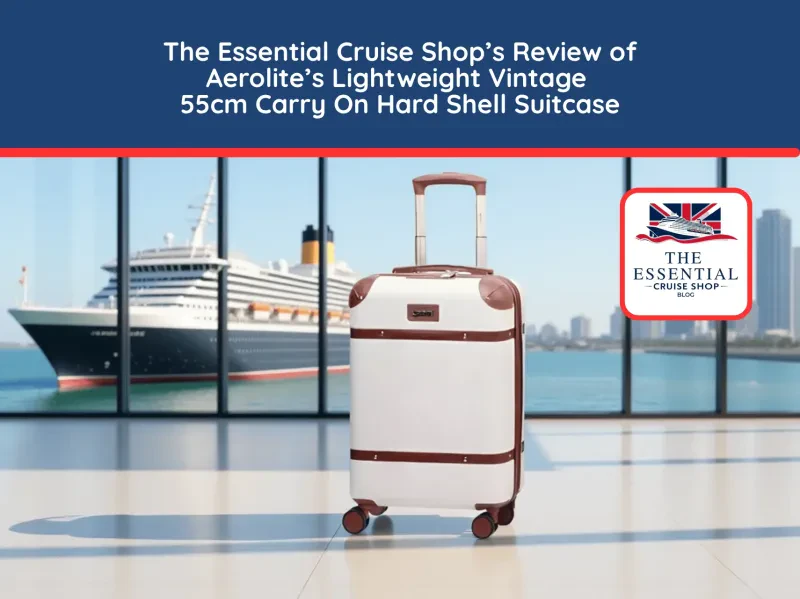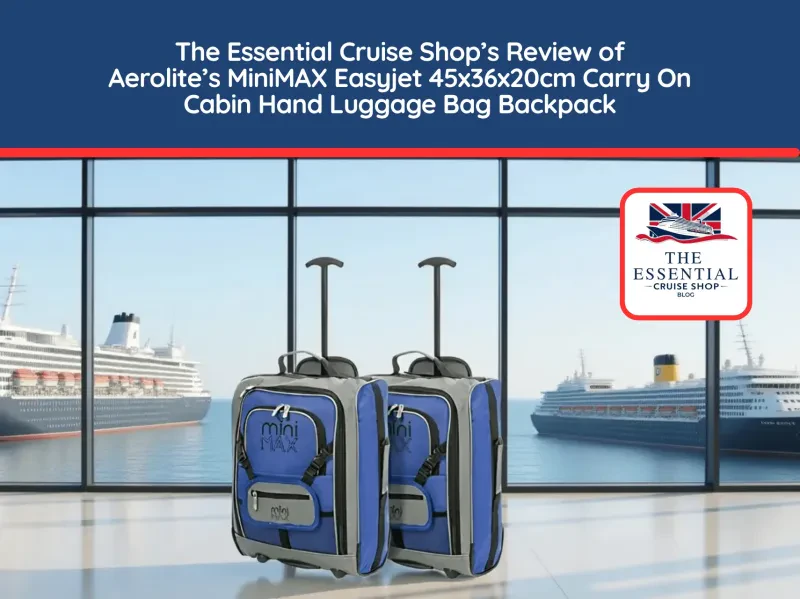Guide to Airline Carry-On Sizes
When preparing for a flight, one of the most important things to consider is your carry-on luggage. Airlines often have specific rules regarding the size and weight of carry-on items, and understanding these limits is crucial to a hassle-free travel experience. Each airline has its own set of regulations, so it’s essential to check these before you pack your bags.
Typically, carry-on bags must fit in the overhead compartments or under the seat in front of you. Most airlines allow a carry-on bag with dimensions around 22 x 14 x 9 inches (56 x 36 x 23 cm), but some may vary slightly. Additionally, many airlines permit a personal item, such as a backpack, purse, or laptop bag, which should be smaller than your main carry-on. This personal item should ideally measure around 18 x 14 x 8 inches (45 x 35 x 20 cm).
Weight restrictions may also come into play, especially on budget airlines. While some carriers impose a limit as low as 15-20 pounds (7-9 kg), others may not have a weight limit at all. Always check your airline’s specific policies to avoid any last-minute surprises at the airport. Remember to account for the weight of your personal item as well, as it counts toward your total allowance.
One of the best ways to ensure your carry-on meets regulations is to invest in luggage that is designed specifically for air travel. There are many brands that offer carry-on suitcases that fit within standard airline dimensions. Additionally, using packing cubes can help maximize space and keep your belongings organized, making it easier to find what you need during your journey.
Tips for Measuring Your Bag Correctly
Measuring your bag correctly is crucial to ensuring it meets airline carry-on size requirements. Start by gathering the right tools: a measuring tape and a flat surface. This will help you get accurate measurements without any distractions. Avoid using soft fabric measuring tapes that can bend; instead, opt for a sturdy ruler or a hard measuring tape for better precision.
To measure your bag, hold it upright. Begin with the width: place the measuring tape across the widest part of the bag. Next, measure the height by placing the tape from the bottom to the top of the bag. Finally, measure the depth by placing the tape from the front to the back. Make sure to push down any soft areas, so you are measuring the maximum size.
It's essential to check the airline's specific carry-on size requirements, as they can vary from one airline to another. Write down your measurements and compare them with the airline's limits. If your bag is slightly over the size limit, consider removing unnecessary items or opting for a different bag. Remember, sometimes even a couple of inches can make a big difference!
Lastly, don't forget to take into account any wheels or handles when measuring your bag. Airlines often include these features in their size restrictions. If your bag has external pockets, ensure you measure them too, as they can also impact your bag's overall dimensions. By following these tips, you can confidently pack your carry-on without the stress of unexpected surprises at the check-in counter.
Common Carry-On Size Exceptions
When it comes to carry-on luggage, most airlines have specific size restrictions, but there are some common exceptions that travelers should be aware of. Understanding these can help ensure a smooth start to your journey. While the standard size limit is often around 22 x 14 x 9 inches, many airlines accommodate certain types of items that may not conform to these dimensions.
Firstly, many airlines allow passengers to carry personal items in addition to their carry-on luggage. These personal items typically include things like a purse, backpack, or laptop bag. Airlines often define a personal item as something that fits under the seat in front of you, so even if your bag is slightly larger, you might still be allowed to board with it as your personal item.
Additionally, specific categories of items, such as medical equipment, diaper bags, or filming gear for professionals, may be exempt from the usual size restrictions. For instance, if you're traveling with a CPAP machine or other necessary medical devices, these are usually permitted on board without counting against your carry-on limit. Similarly, airline policies frequently accommodate parents traveling with young children, allowing for diaper bags or strollers in addition to standard luggage.
Another exception to consider is the laptop or electronics bag. Many airlines do not count a laptop case toward your carry-on limit. This is particularly helpful for business travelers who need to keep their devices close. Aiming to keep these bags within reasonable limits is advisable, as you may face scrutiny from airline staff.
Lastly, it’s always wise to check the specific policies of the airline you are flying with since rules can vary greatly. Some airlines may have more lenient carry-on policies during particular seasons, or they may offer special exemptions for elite members. Being informed about these nuances can save you time, hassle, and potential fees at the airport.
Packing Smart for Your Carry-On
Next, consider your toiletries and personal items. Opt for travel-sized products or transfer your favorite essentials into smaller containers. Remember that liquids should not exceed 3.4 ounces (100 milliliters) and should be packed in a clear, quart-sized bag. This will not only help you comply with airport security regulations but also save space in your carry-on. Don’t forget any necessary medications; placing these in an easily accessible part of your bag can save you time during the security check.
When packing electronics, use a dedicated padded sleeve for your laptop or tablet. This will protect them from bumps and scratches while ensuring they are easy to access during security screening. Bring along charging cables, but consider leaving bulky chargers behind and opting for slim alternatives. If you’re a book lover, consider downloading e-books or audiobooks instead of carrying a physical book, which can take up valuable space.
Finally, keep your essentials within arm's reach. Items like your passport, boarding pass, and anything you might need during the flight (like snacks or a neck pillow) should be placed in an exterior pocket or on top for quick access. By organizing your carry-on efficiently, you’ll not only save time at the airport but also arrive at your destination feeling relaxed and prepared.
Major Airline Carry-On Sizes
Carry-on baggage size and weight restrictions vary by airline, but most airlines have similar guidelines for their carry-on policies. Below are the typical carry-on baggage size restrictions for major airlines:
1. North American Airlines:
American Airlines:
Size: 22 x 14 x 9 inches (56 x 36 x 23 cm). No weight limit for carry-on (except some international flights).
American Airlines Current Carry-on Policy
Delta Air Lines:
Size: 22 x 14 x 9 inches (56 x 36 x 23 cm). No weight limit for carry-on (except some international flights).
Delta Airlines Current Carry-on Policy
United Airlines:
Size: 22 x 14 x 9 inches (56 x 36 x 23 cm). No weight limit for carry-on (except some international flights).
United Airlines Current Carry-on Policy
Southwest Airlines:
Size: 24 x 16 x 10 inches (61 x 41 x 25 cm). No weight limit for carry-on.
Southwest Airlines Current Carry-on Policy
JetBlue:
Size: 22 x 14 x 9 inches (56 x 36 x 23 cm). No weight limit for carry-on.
jetBlue Airlines Current Carry-on Policy
Alaska Airlines:
Size: 22 x 14 x 9 inches (56 x 36 x 23 cm). No weight limit for carry-on.
Alaska Airlines Current Carry-on Policy
2. European Airlines:
British Airways:
Size: 22 x 18 x 10 inches (56 x 45 x 25 cm). Weight: 23 kg (51 lbs).
British Airways Current Carry-on Policy
Lufthansa:
Size: 21.6 x 15.7 x 9 inches (55 x 40 x 23 cm). Weight: 8 kg (17.6 lbs).
Lufthansa Current Carry-on Policy
Air France:
Size: 21.6 x 13.8 x 9.8 inches (55 x 35 x 25 cm). Weight: 12 kg (26 lbs)
Air France Current Carry-on Policy
Ryanair:
Size: 15.7 x 7.8 x 9.8 inches (40 x 20 x 25 cm) for free carry-on. Larger carry-on (priority): 21.6 x 15.7 x 9.8 inches (55 x 40 x 23 cm) - Weight: 10 kg (22 lbs).
Ryanair Current Carry-on Policy
easyJet:
Size: 18 x 14 x 8 inches (45 x 36 x 20 cm) (standard). Larger size with extra fee: 22 x 17.7 x 9.8 inches (56 x 45 x 25 cm) No weight limit for carry-on, but must be able tolift it into the overhead bin.
easyJet Current Carry-on Policy
3. Asian Airlines:
Singapore Airlines
Size: 22 x 15.7 x 7.8 inches (55 x 40 x 20 cm). Weight: 7 kg (15 lbs)
Singapore Airlines Current Carry-on Policy
Cathay Pacific:
Size: 22 x 14 x 9 inches (56 x 36 x 23 cm). Weight: 7 kg (15 lbs)
Cathay Pacific Current Carry-on Policy
Cathay Pacific have a calculator which depends on your destination and class of travel
Japan Airlines (JAL):
Size: 22 x 16 x 10 inches (55 x 40 x 25 cm). Weight: 10 kg (22 lbs)
Japan Airlines (JAL) Current Carry-on Policy
All Nippon Airways (ANA):
Size: 22 x 16 x 10 inches (55 x 40 x 25 cm). Weight: 10 kg (22 lbs)
All Nippon Airways (ANA) Current Carry-on Policy
4. Middle Eastern Airlines:
Emirates:
Size: 22 x 15.7 x 7.8 inches (55 x 38 x 20 cm). Weight: 7 kg (15 lbs)
Emirates Current Carry-on Policy
Cabin baggage allowance may vary depending on your route and class of travel
Qatar Airways:
Size: 20 x 15.7 x 7.8 inches (50 x 37 x 25 cm). Weight: 7 kg (15 lbs)
Qatar Airways Current Carry-on Policy
Cabin baggage allowance may vary depending on your route and class of travel
Etihad Airways:
Size: 22 x 15.7 x 7.8 inches (55 x 40 x 20 cm). Weight: 7 kg (15 lbs)
Etihad Airways Current Carry-on Policy
5. Australian Airlines:
Qantas:
Size: 22 x 14 x 9 inches (56 x 36 x 23 cm). Weight: 7 kg (15 lbs)
Qantas Current Carry-on Policy
Virgin Australia:
Size: 22 x 14 x 9 inches (56 x 36 x 23 cm). Weight: 7 kg (15 lbs)
Virgin Australia Current Carry-on Policy
General Tips:
Personal Items: Most airlines allow an additional personal item, such as a laptop bag or purse, with size limits typically around 18 x 14 x 8 inches (45 x 35 x 20 cm).
Check Weight Limits: Even when there is no weight restriction, make sure the bag is easy to handle and stow.
Each airline may have slightly different policies, so it’s always best to double-check the specific airline’s website before flying, especially for international or budget airlines.
As Amazon Associates, we earn commission from qualifying purchases at no additional cost to you.



